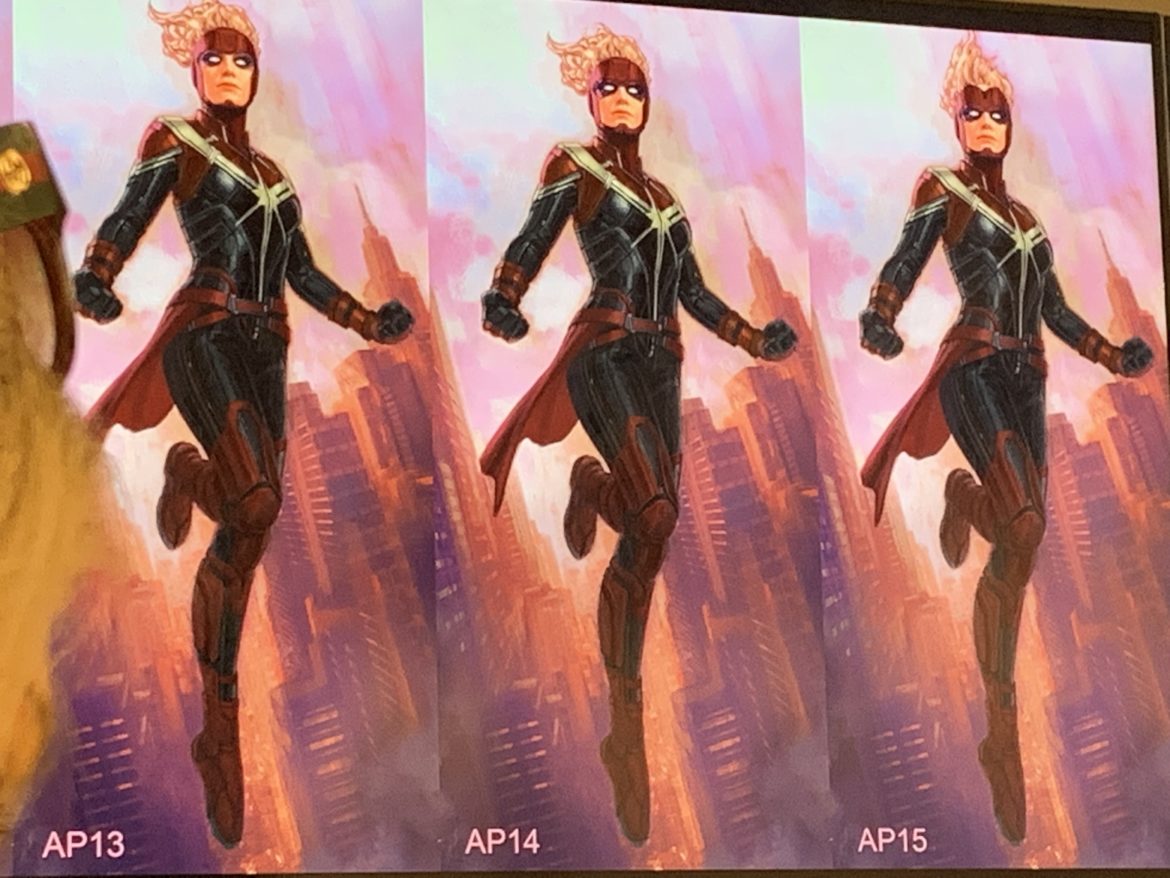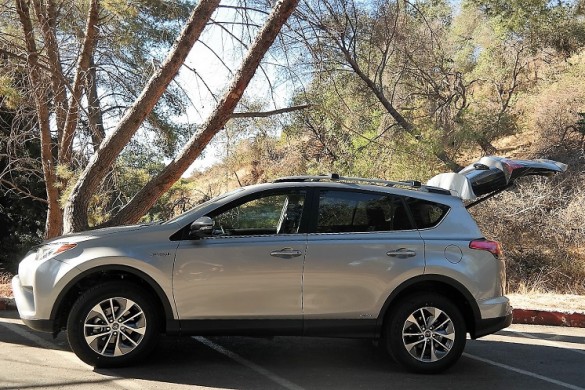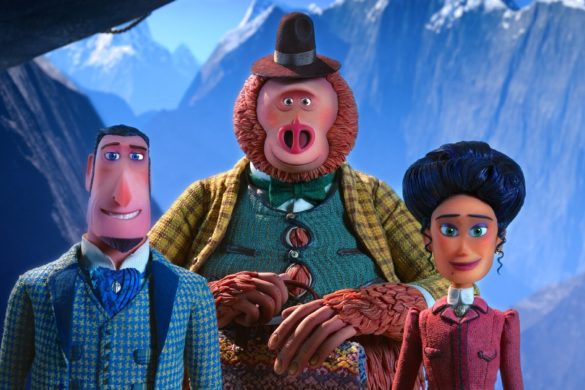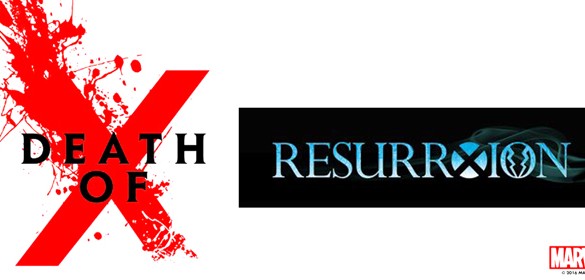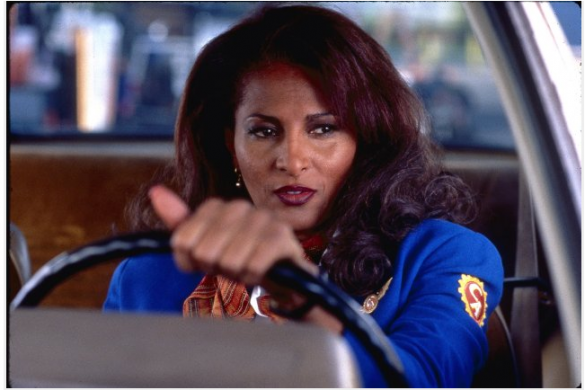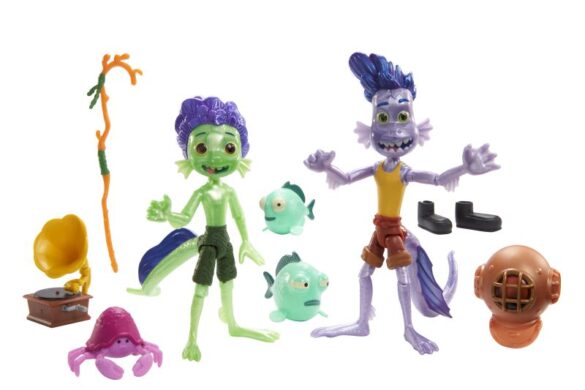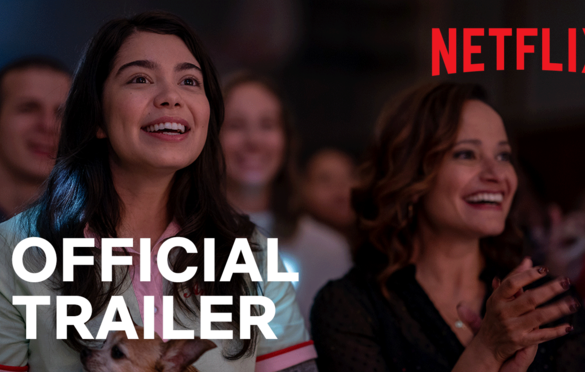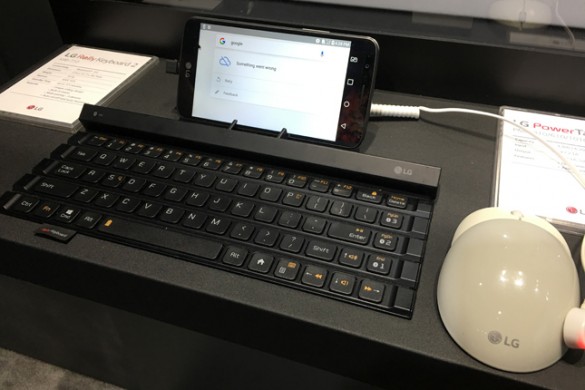Thanks to Marvel Studios and Disney for this opportunity.
All the sleek and super cool costume designs that you see in a Marvel Cinematic Universe film aren’t simple works of art. They are a result of a long and tedious process of artists drawing concepts, discussing what is needed, readjusting to help with the actor’s comfort and mobility, and much more. They also have to find that balance of paying respect to the artists that created the character while also adding their own little signatures to the character so as to help distinguish them from other heroes and be more modern.
ThatsItLA had a chance to speak to Andy Park, the Director of Visual Development over at Marvel Studios, who talked about what it was like to design the characters and keyframes for Captain Marvel, which is available now on Digital.
Park grew up as a kid of the 80s. Watching all the classic Saturday morning cartoons like Thundercats and Silverhawks, he was inspired to become an artist. He also collected comic books as a kid. Honing in on his talents, Park entered the field of comic book art, drawing for Marvel and Image Comics. But in order to work in concept work, he would have to build up his portfolio by going back to art school and focusing on illustration, where he did a lot of figure drawings, life drawings, and digital medium.
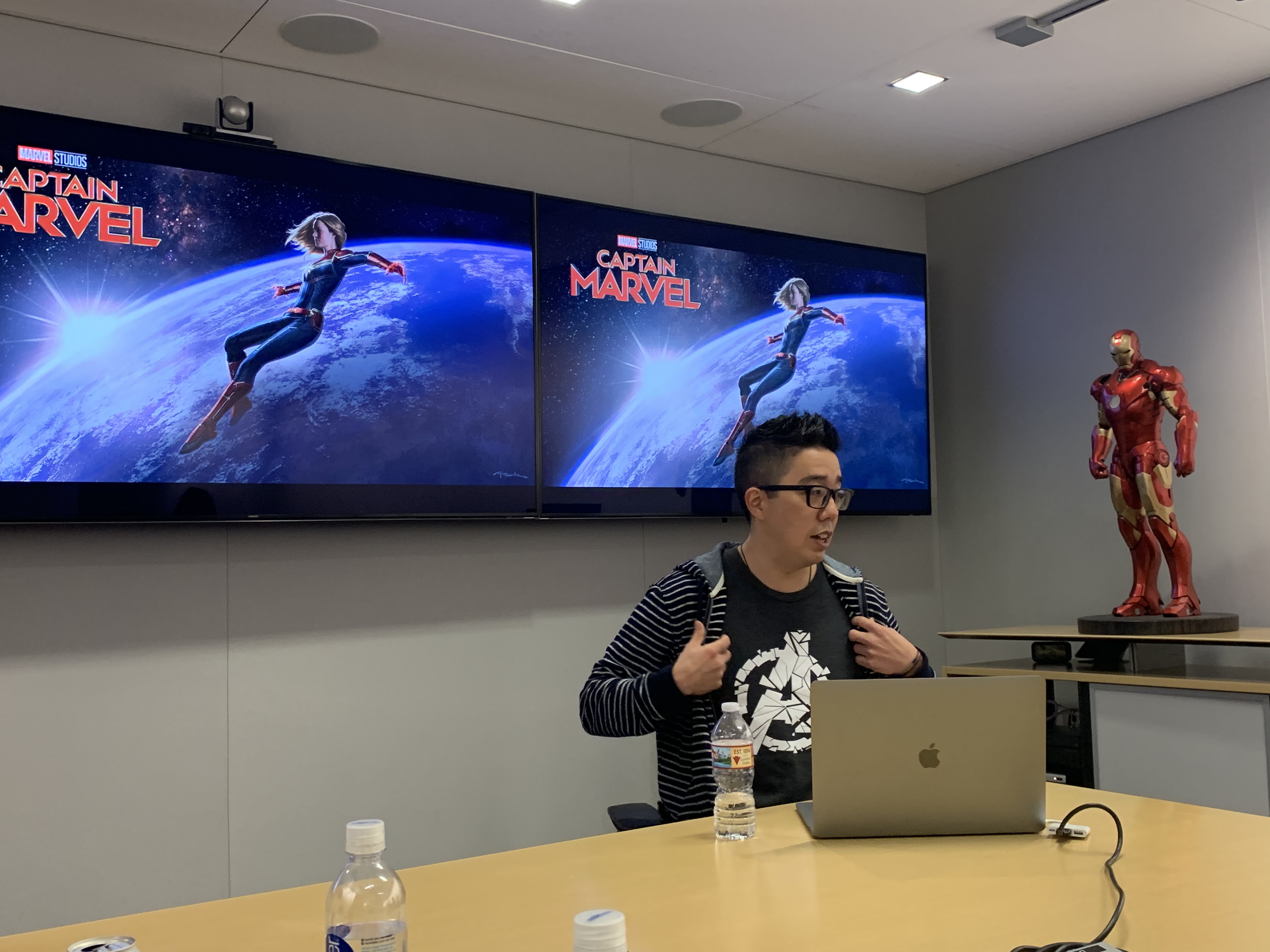
At Marvel Studios, there is a dedicated group of in-house artists ensuring the craft and development of each film is up to high standards. It is there that these characters, worlds, and keyframes are visualized digitally and on ink.
Consisting of a team of six to seven artists, these teams work on designing the various costumes that will go on each of the actors. Having a variety gives them the chance to see what is working and what isn’t. Eventually, one costume is chosen, where it will appear on the big screen and on merchandise.
Additionally, the artists draw concept art for keyframes or key story moments that will appear in the film. While 100% of what is depicted may not appear in the actual film, it does lay down the groundwork for what audiences will see. “A lot of times before there is even a script, but even when there is a script, we will have conversations with the directors and producers to say. Like to Joss [Whedon] talked to me and said, ‘There is a moment when Iron Man just blasted Loki, and he opens up all these weapons, very much like in Jurassic Park with the dilophosaurus.’ So I painted that,” Park said. “That will help Joss, as well as Marvel and all the heads of the other departments, like VFX and art department, to be on the same page and helps inspire what the movie can be.”
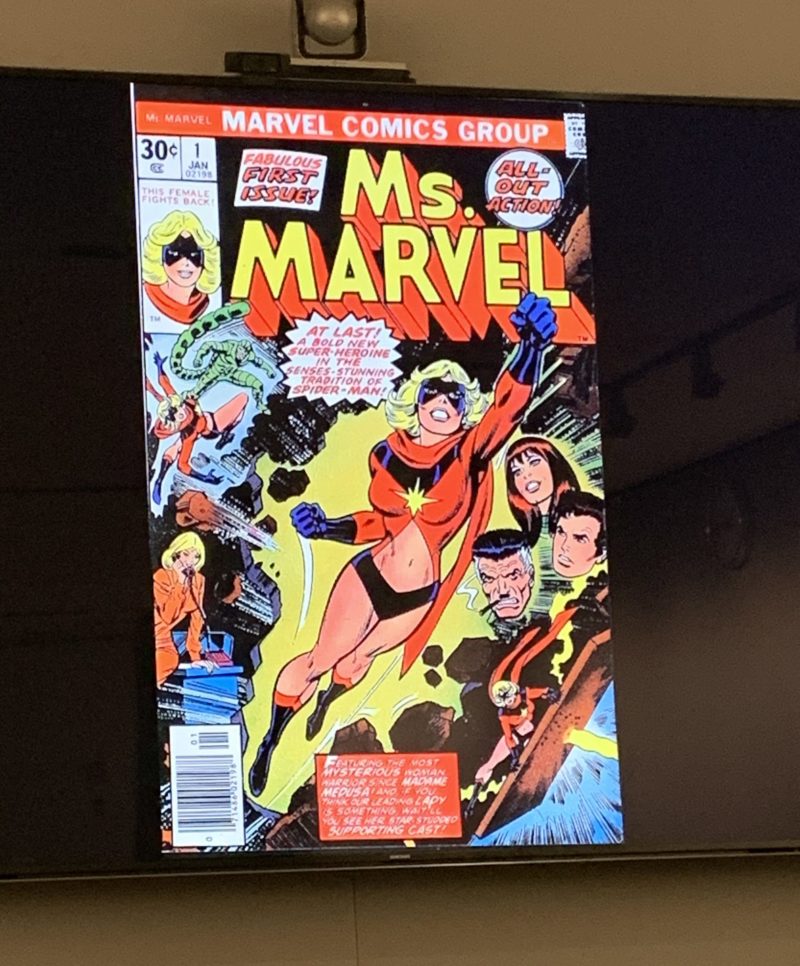
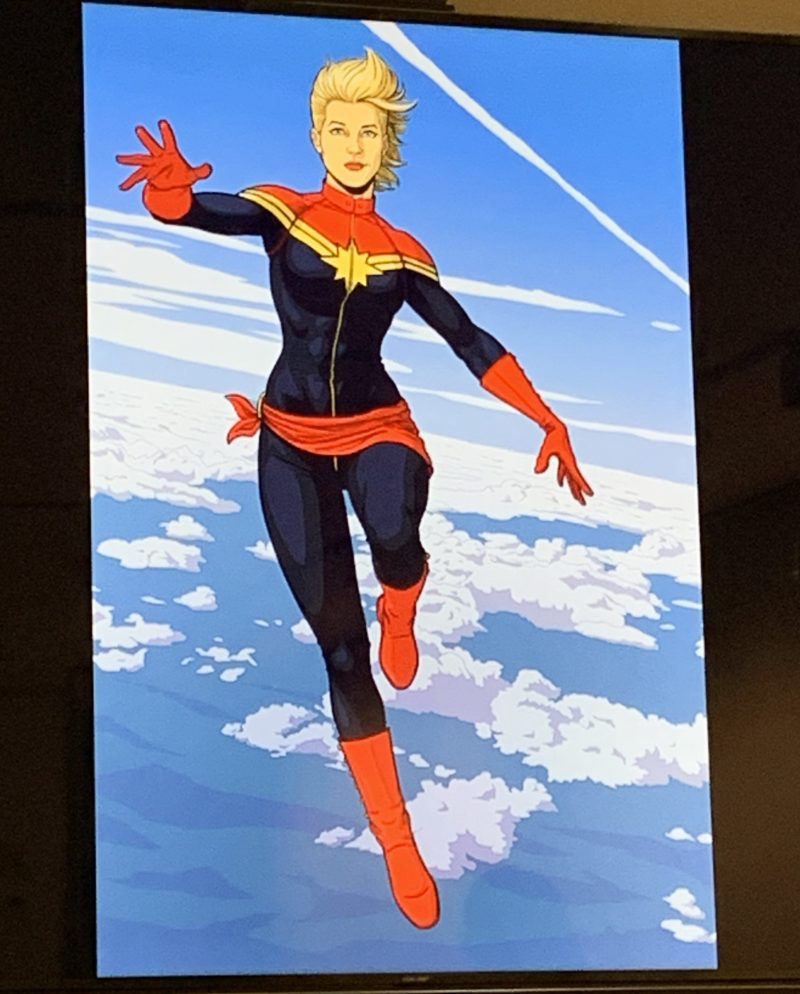
Park acknowledges how Captain Marvel’s image has changed throughout the years that she has appeared in comics. Having been drawn by men for so long, Carol Danvers got a redesign treatment from Jamie McKelvie in 2012. Park uses that more modern design as a beginning point and then try to flesh it out so that it can be brought into the real world so that an audience can believe that a character like Captain Marvel can be real.
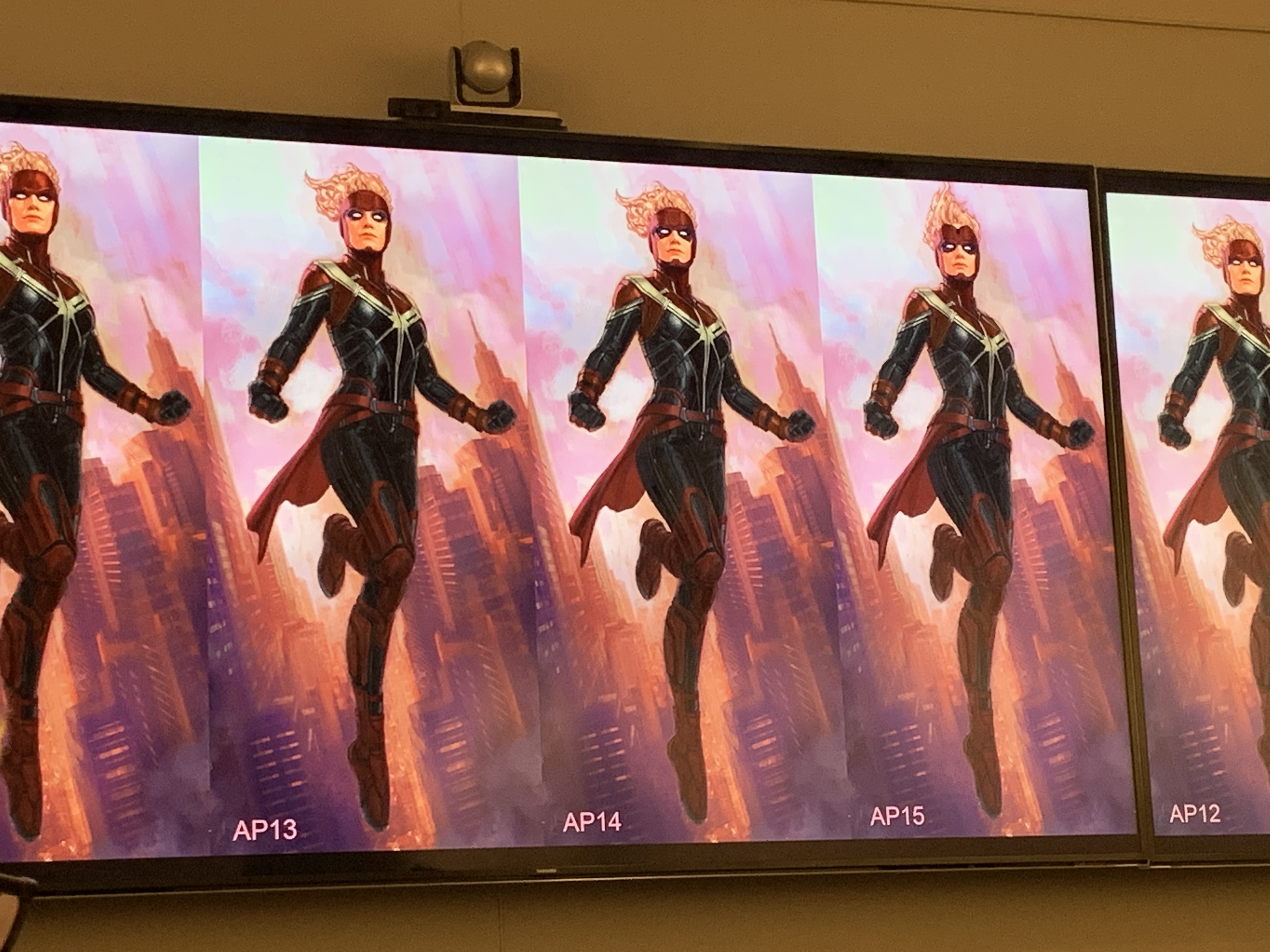
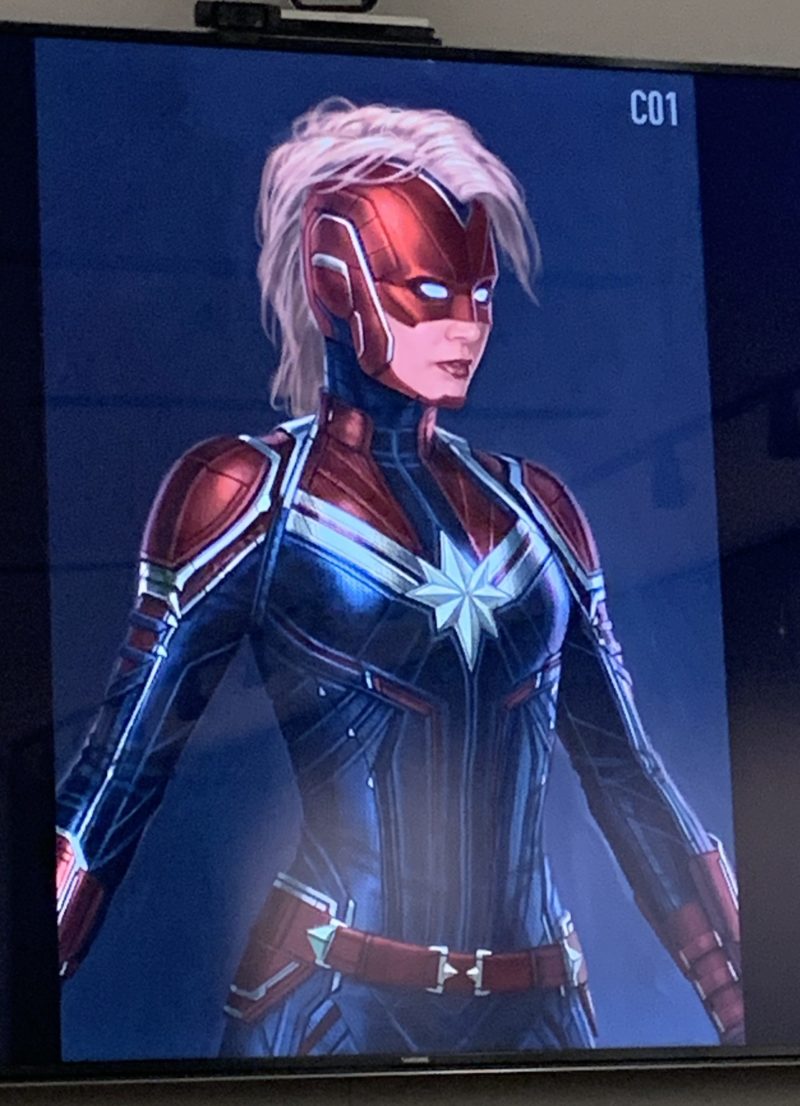
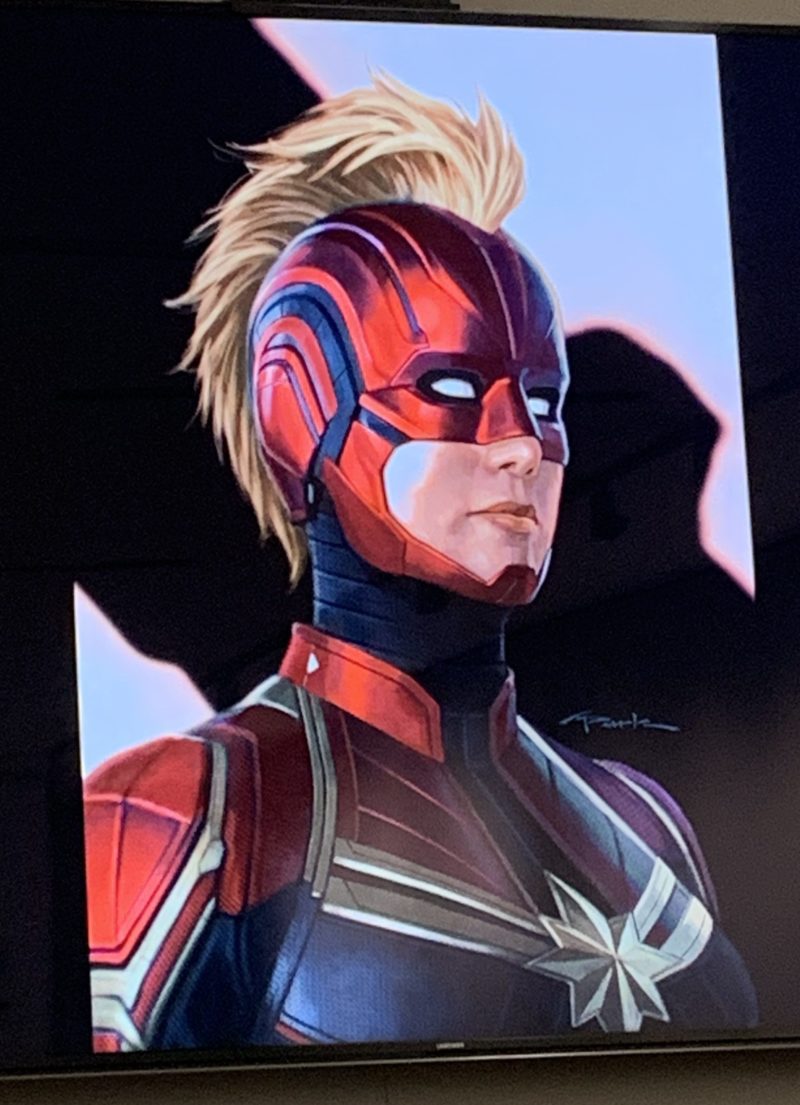
They also look to the comics for a basis of inspiration and often get input from the directors on the design. Referring back to the first Ant-Man, Park talked about how he avoided the comic book helmet but still made it look retro as if it was built in the 60s by a much younger Hank Pym.
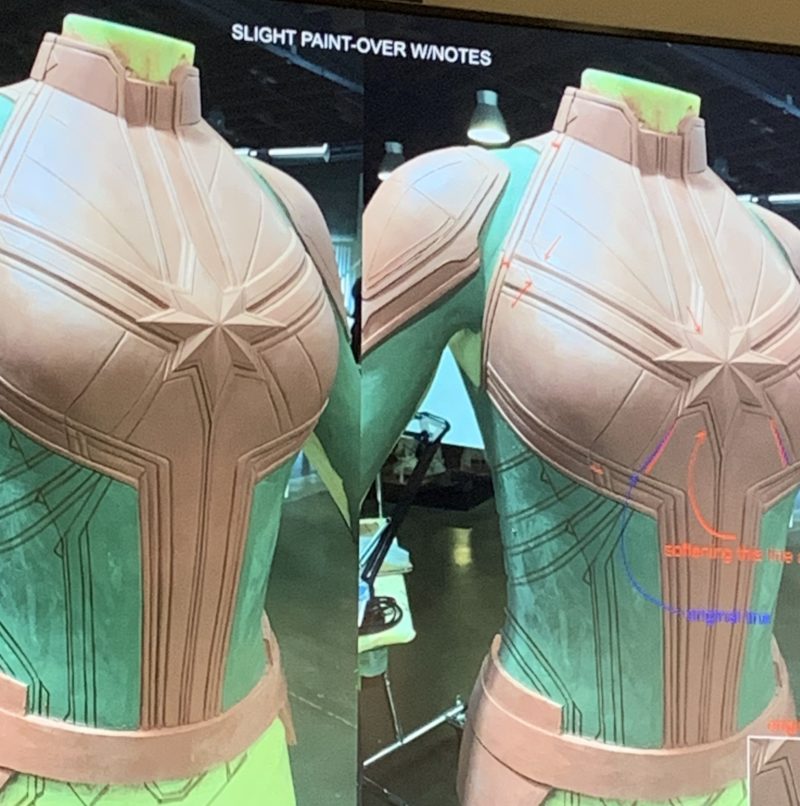
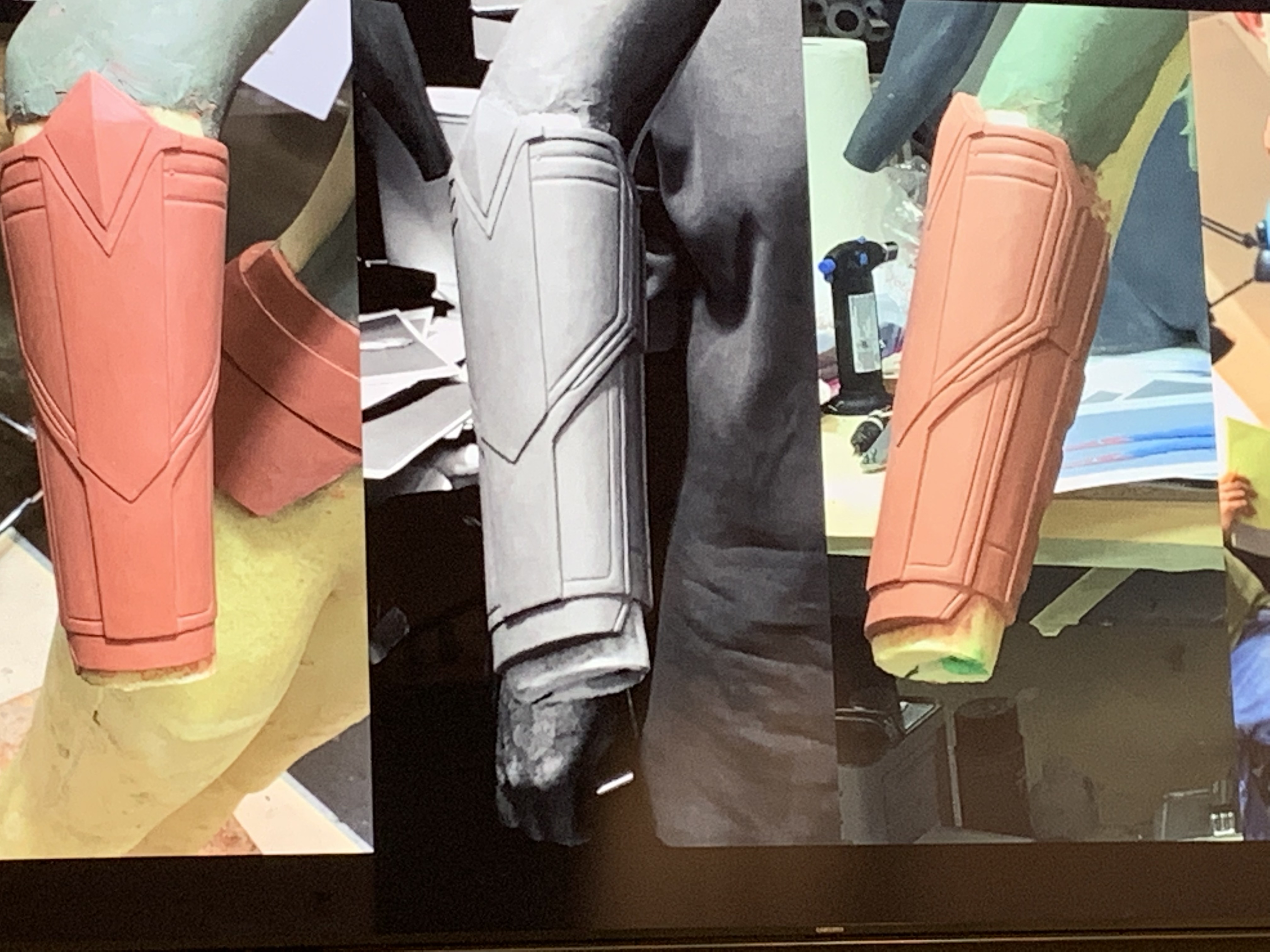
To avoid some of the traditional superhero spandex looks, Park designed Captain Marvel’s suit with a space armor feel to it. With the Kree’s Starforce armor, Park designed a few that would be an homage to the comic book but also be original for the film itself. So there were a few passes at this suit before he and Marvel settled on the one you see in the film. Using inspirations from Robotech, Silverhawks, and Thundercats, Park infused those influences plus the once from the 80s comics that he read as a kid into his designs.
“I just come out with a bunch of different ideas,” Park said. “How sci-fi can we take it?”
Some times the process can take a week to two weeks before everyone can agree on a design and maybe up to months before it is approved by the higher-ups.
From there, it goes to costume design, where Park will discuss the semantics of fully realizing the concept of art and making it tangible. So there is a full body scan involved, where the artist will uses said scan and paint the approved concept art over it. Then, they work out how to bring that costume to the real world, working with the specific proportions that the actor may have.
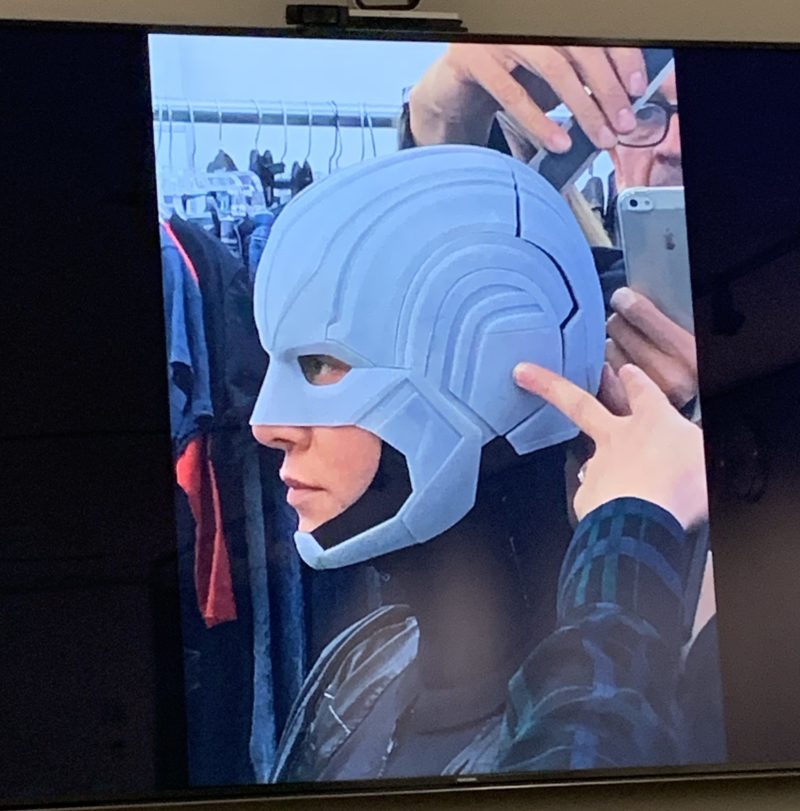
These variations came down to the smallest binary detail, from whether or not she will have a helmet to if the character would have her signature Mohawk. The challenge of all of it is making it work to be believable. “A lot of it is after 10 years of MCU and trying to differentiate her power, looks, and visuals from all the others like Thor, and his lightning, and Iron Man, with his repulsors,” Park said. “We did a lot of exploration.”
Working with in-house modelers, they also scan the face as to figure out how the helmet would fit onto Brie Larson. “Helmets are always challenging because you are trying to get tight as you can on a real actor’s head,” Park explained. “You don’t want to get that bobblehead effect.”
When asked about the actor’s input about the costumes, Park said they take everything into consideration. “That’s part of the reason why we have many fittings for the costumes and the helmets,” he said. “Not only for us to figure out how to make the costumes look good as possible, but to find out what is working with the actors.”
Park added that a lot of times where they have to readjust the suits so that the actor has more mobility and more comfortable. “Designs can change from that point, too,” he said. “There may be certain things that aren’t just working, so I will have to go back and try to figure it out with the costume designer.”
While there is a lot of back and forth going on during the process, all the artists are working towards the same goal. But what makes it a little bit easier is that fact that they are working on some lesser-known characters. Park says there is a little leeway when it comes to designing characters like Thor, Iron Man, and Captain Marvel.
MARVEL STUDIOS’
“CAPTAIN MARVEL”
LAUNCHES ON DIGITAL MAY 28 AND LANDS IN BLU-RAY™ COLLECTIONS JUNE 11

